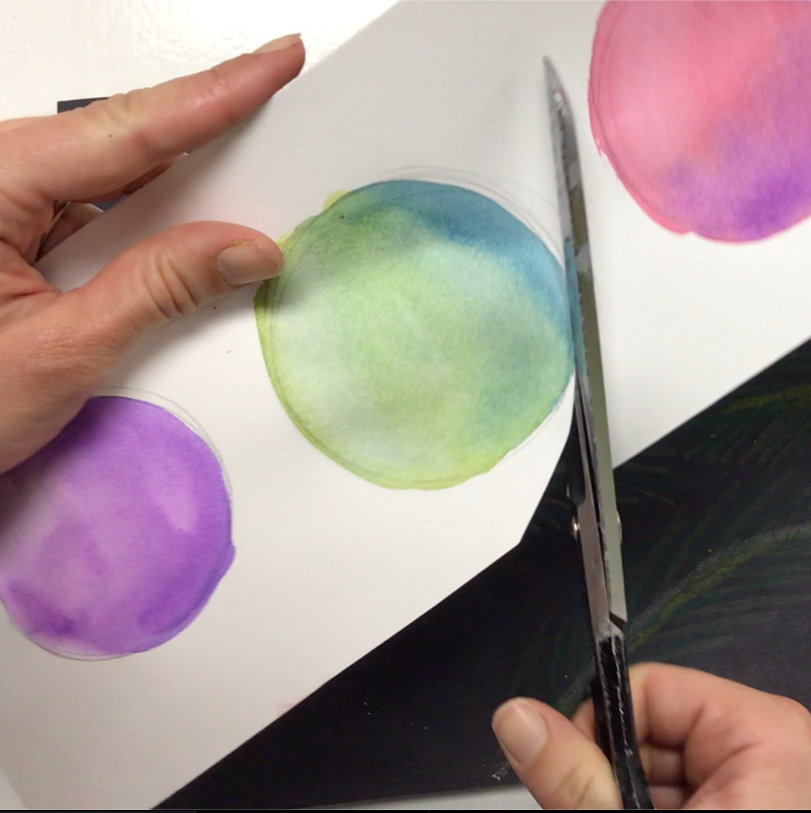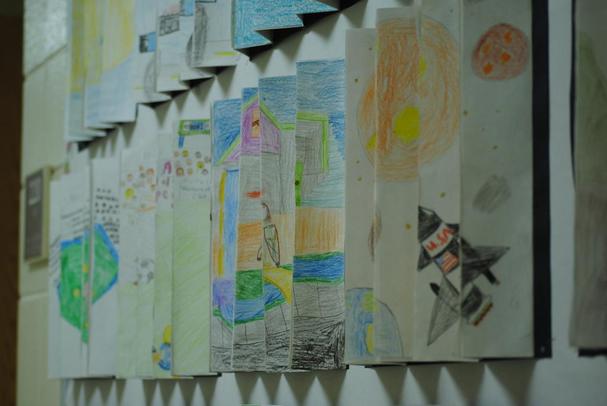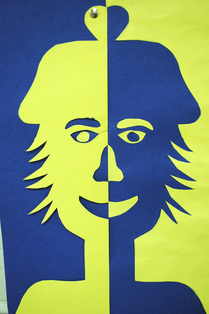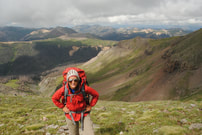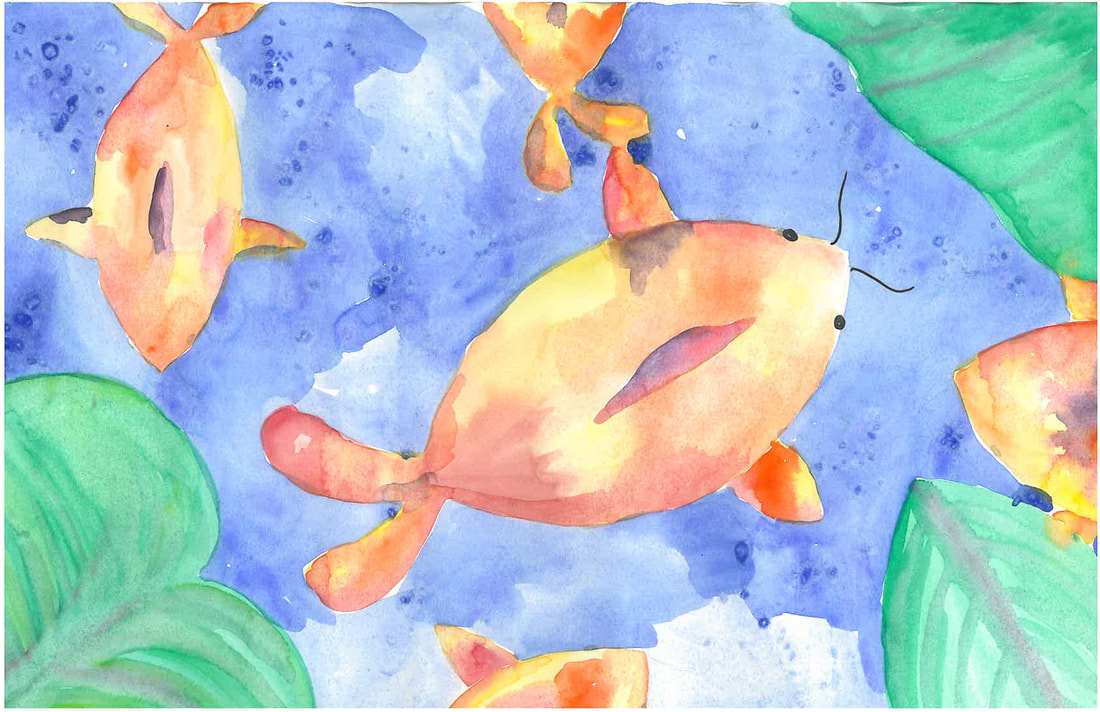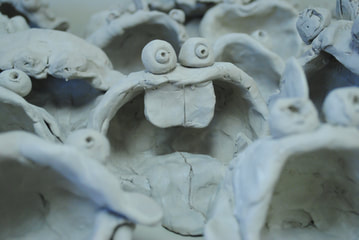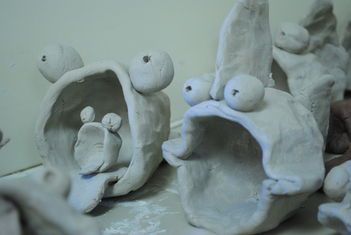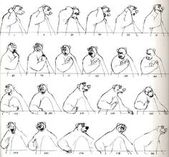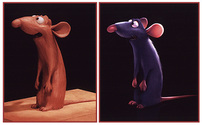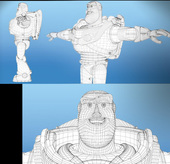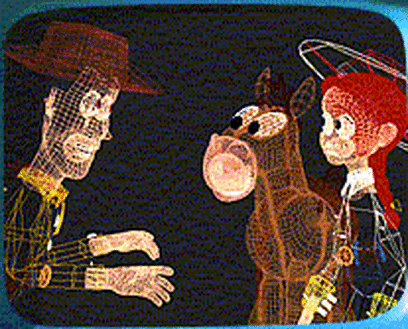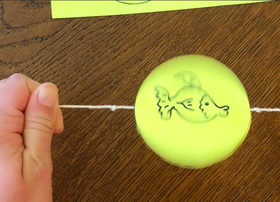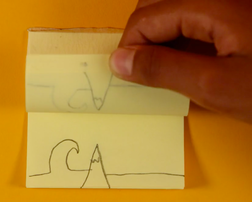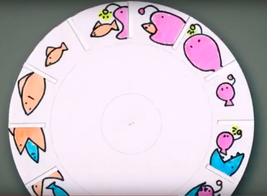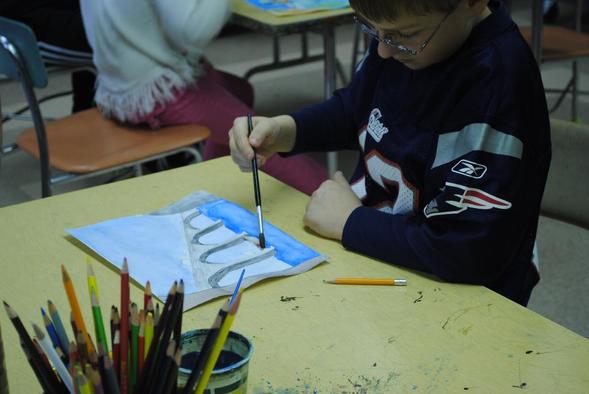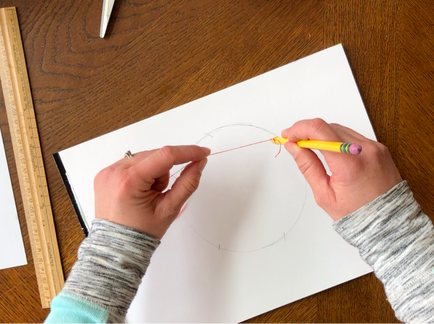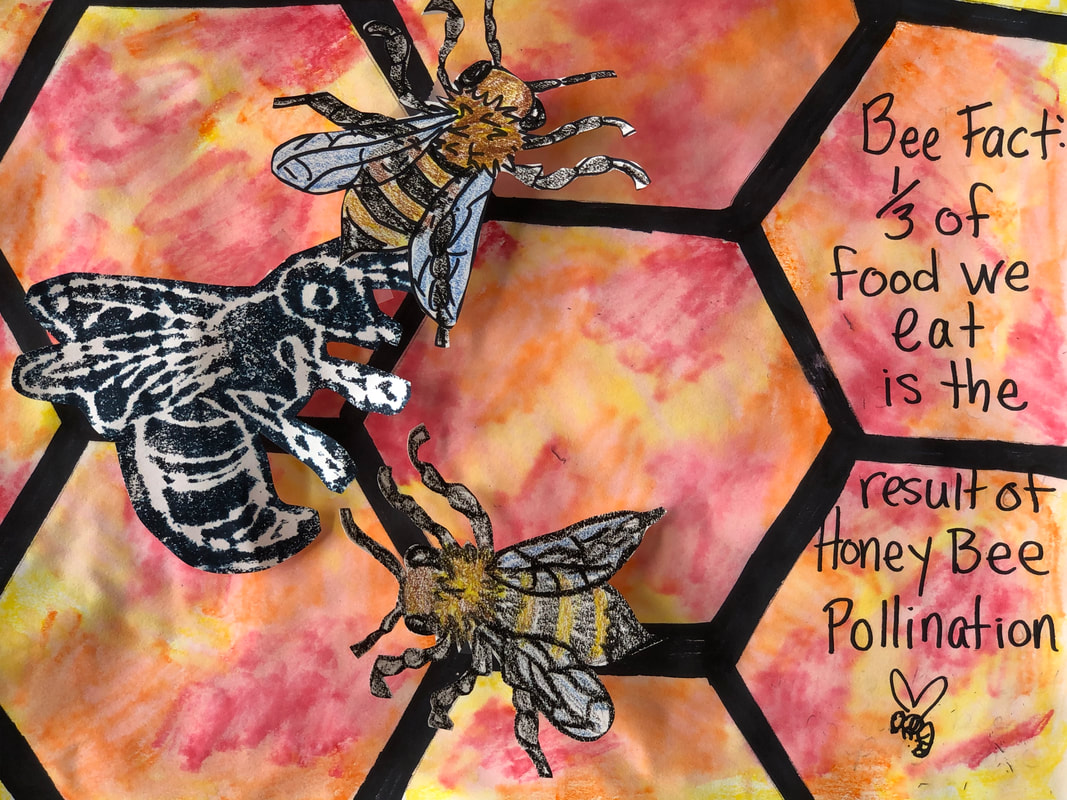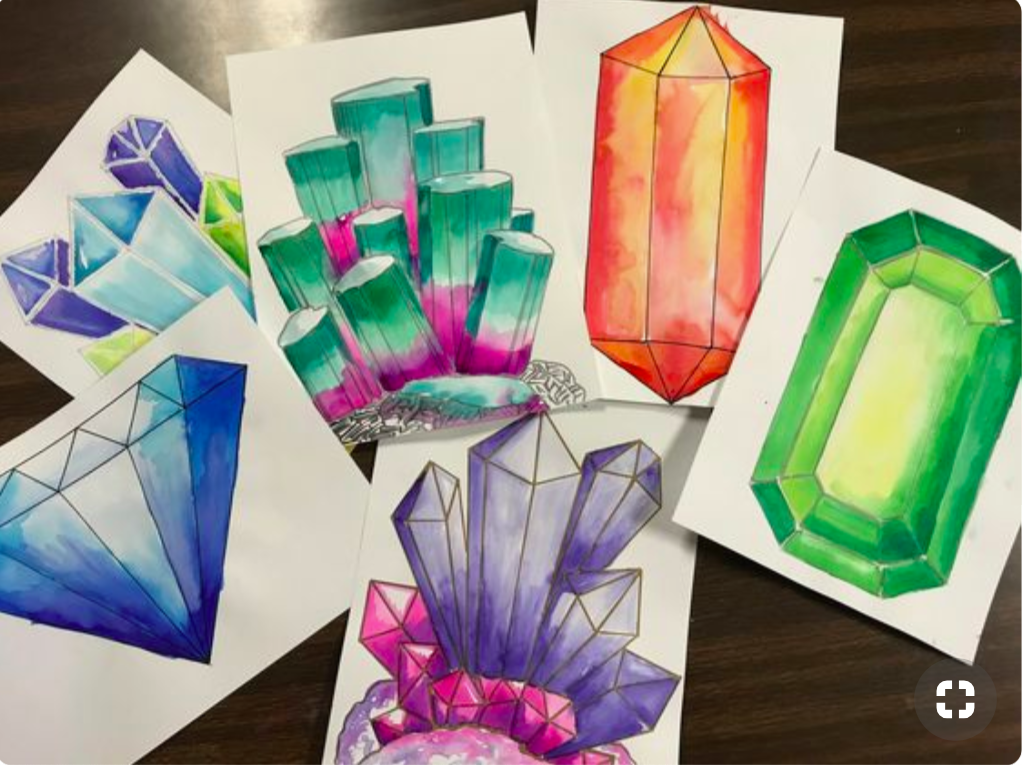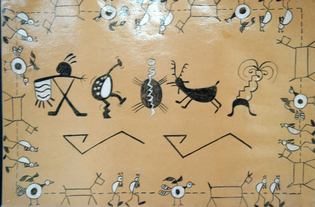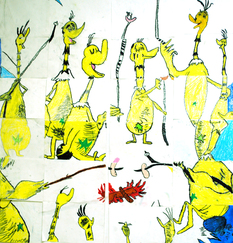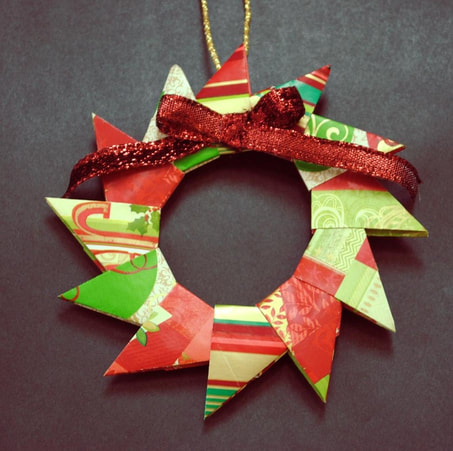Agamograph Demonstration |
Portraits: Variety of Techniques and Processes
Koi Fish: Watercolor Painting, Color Theory, Perspective
Pinch Pot Creatures: Ceramics, Problemsolving
Stop Motion: Digital Art, Collaboration Art
|
|
|
Fourth Grade students do a lesson on animation. They learn the historical process of using sketches and flip-book style techniques to create a moving picture (motion picture). The eye can process 10-12 images per second as separate images but more than that is seen as a moving picture or movie. Students create a small flipbook, then learn about the developments of animation through corporations like pixar, seeing how the hand drawings turn into clay sculptures/claymation, then can be scanned in and manipulated using animation software. Students use an app to create their own stop motion films using any material at their desks, or they can create their own with clay or drawings. The playlist shows the transformation of the animation process. Pretty interesting....if you think about it...the movie the Lion King was created from about 130,000 frames or sketches...that is A LOT of drawing and coloring! If you are interested in gaming design the same basic concepts apply!
Perspective Bridges: Shading, Watercolor Paint
|
|
|
